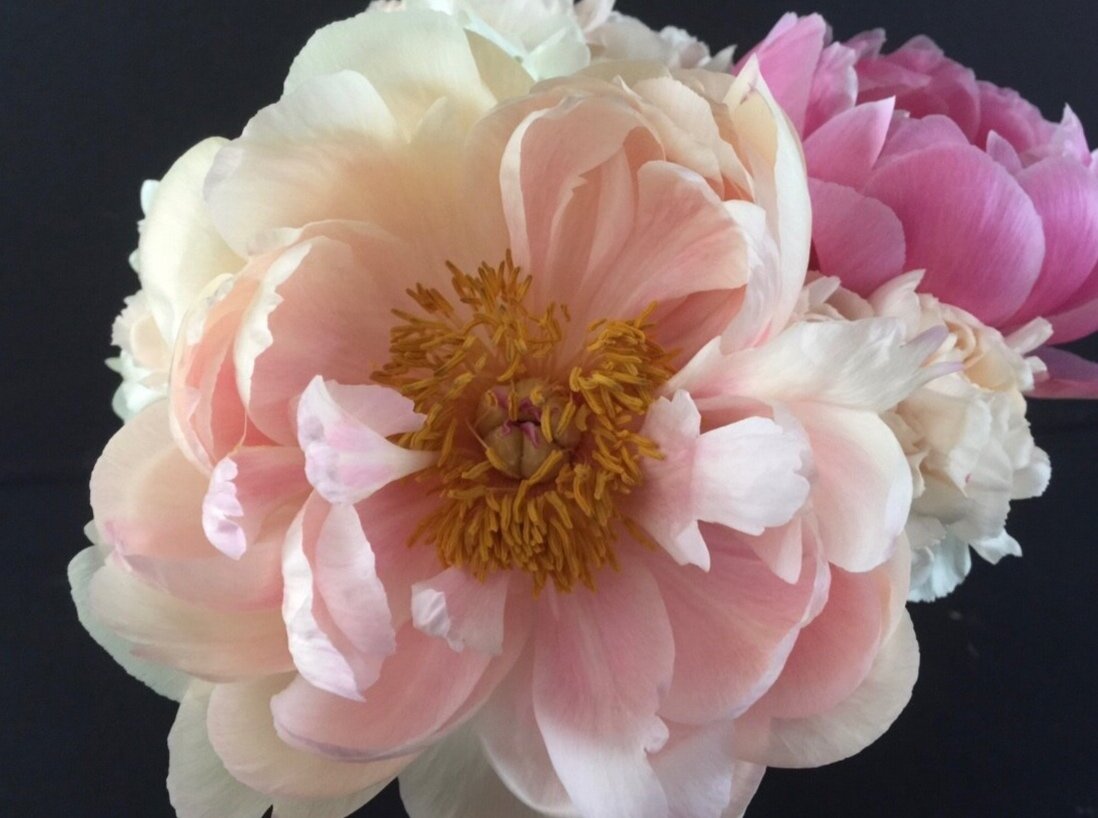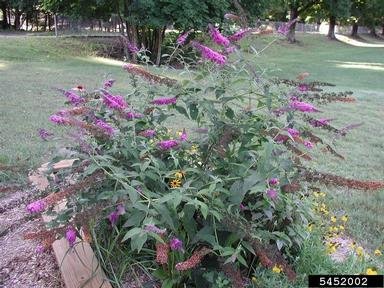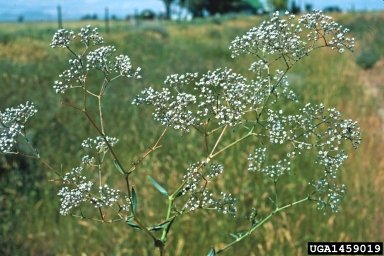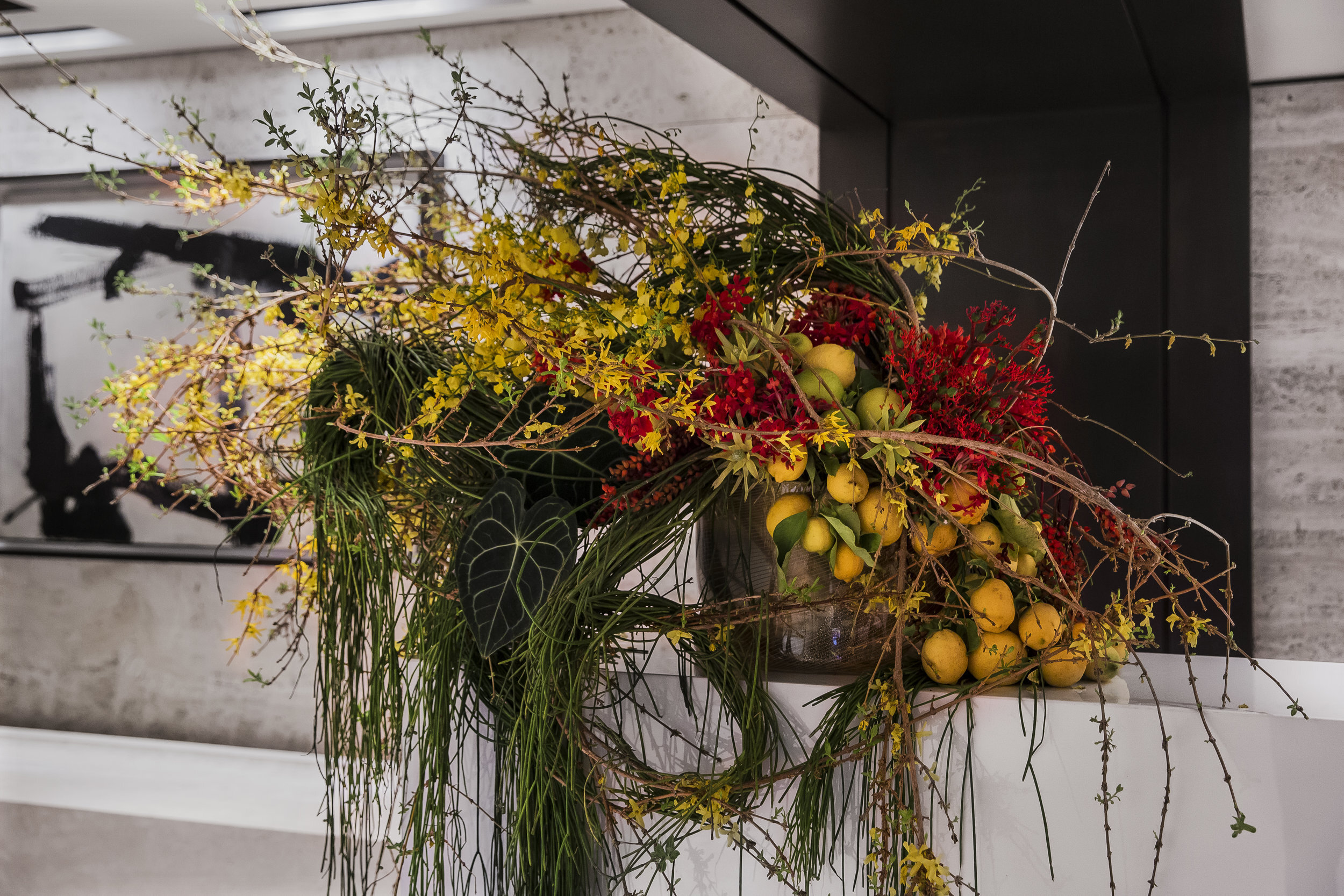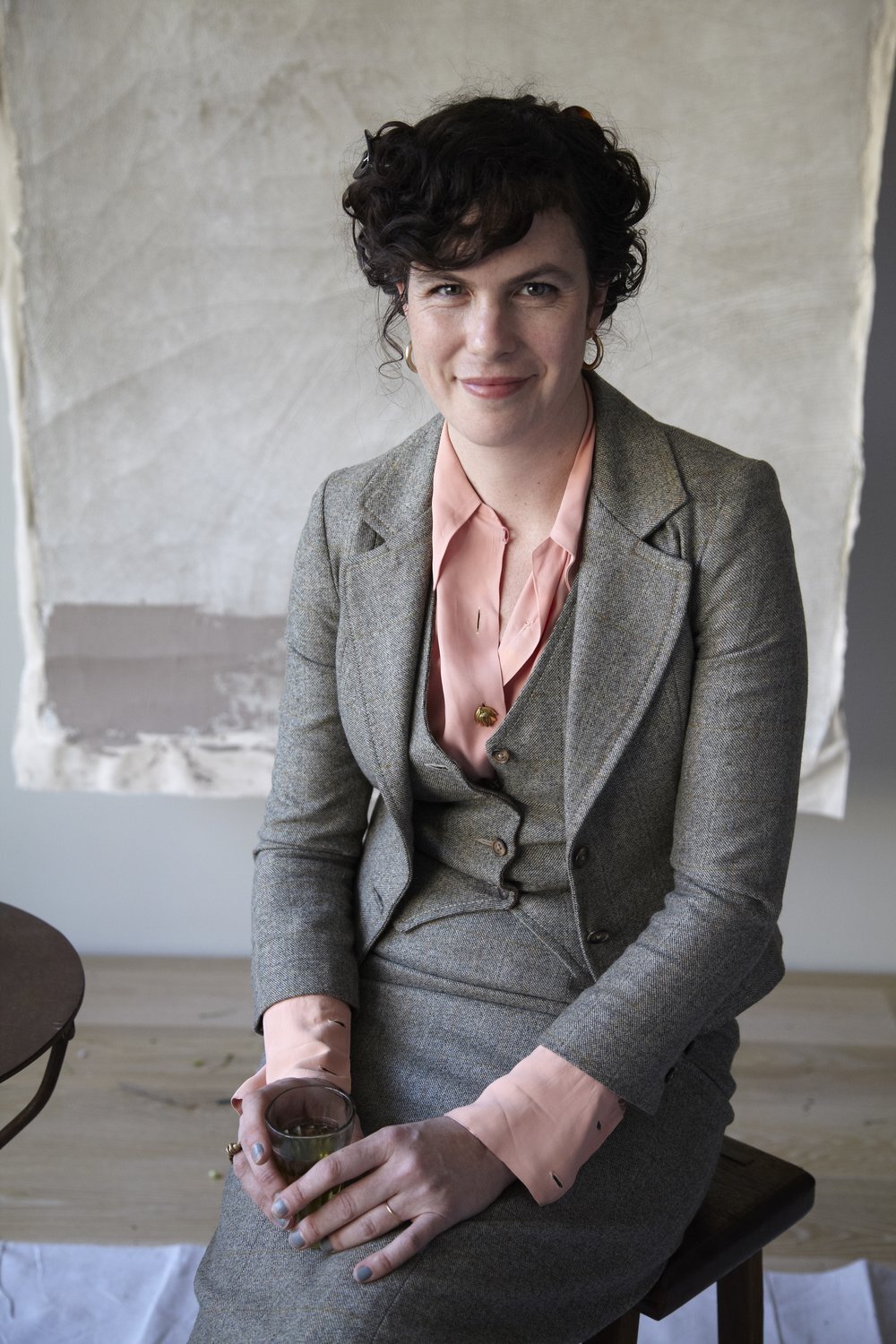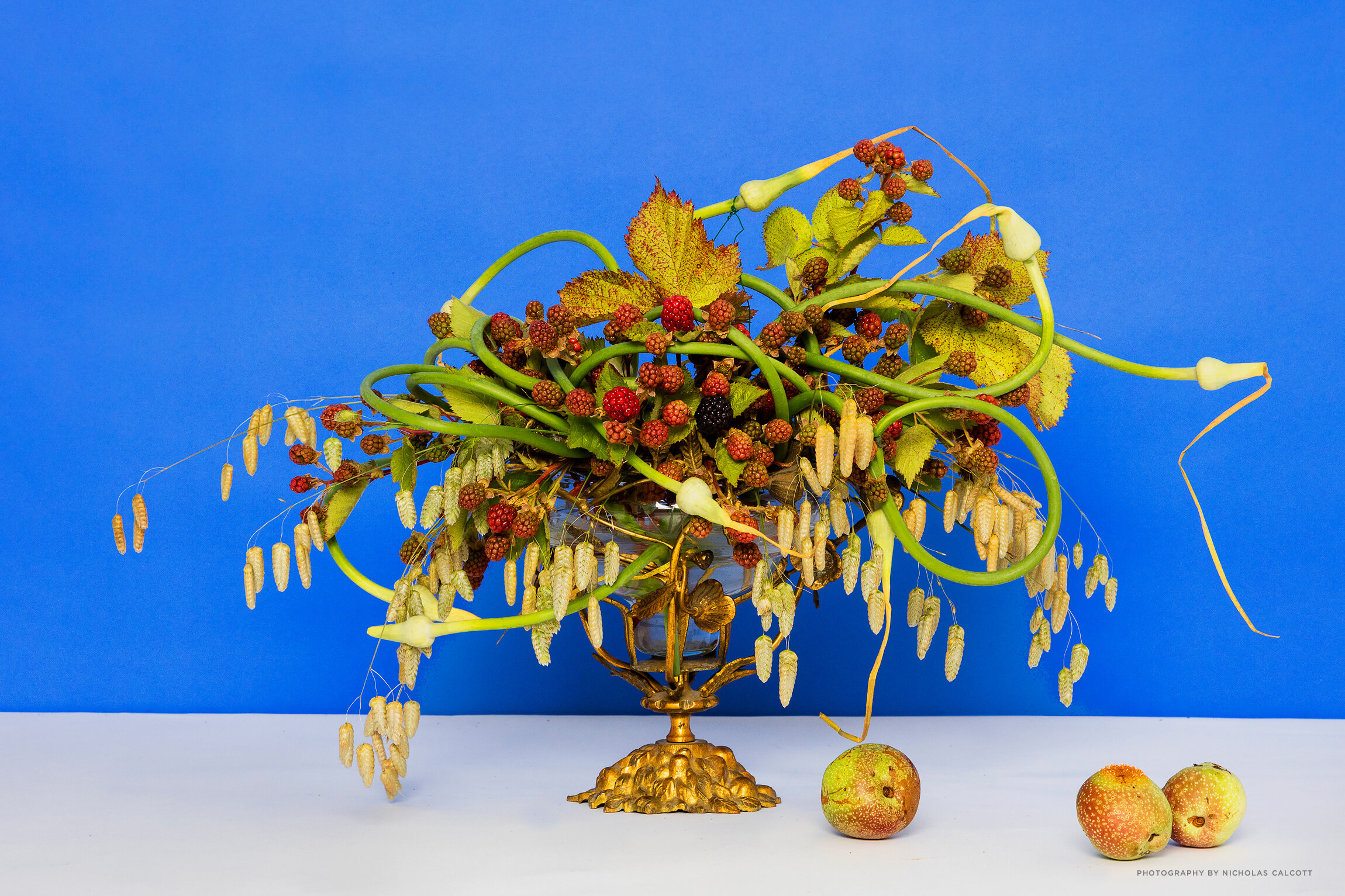Thank you so much to Becky Feasby for this informative post. What a great read to follow up with my recent chat with Becky on The Flower Podcast. Listen to our episode featured at the bottom of the page.
—Scott Shepherd
‘Tis the season, it seems, for foraging in search of the perfect dried crispy bits or other special specimens for wreaths, bouquets, or installations. But heading off on your searches requires an understanding of ethical foraging principles and an intimate knowledge of invasive species in your area.
Harvesting invasive species is a big no-no. The issues can vary, but they come down two main areas of concern: economic and environmental.
The economic impacts of invasive species include things such as management costs (which can include using toxic pesticides to control their spread), monitoring programs, reduced crop yields for farmers, and impacts to international trade and tariffs. The environmental impacts of invasive species - although harder to quantify - can be significantly more devastating. Reduced biodiversity, loss of native species, and changes to ecosystem services can spell disaster for the environment. Many invasive species invade forest areas and displace native species, altering soil conditions and wreaking havoc on important ecosystem functions - increasing flooding, reducing resiliency to climate change, and increasing soil erosion.
So beware - clipping little bits of this and that can have far-reaching implications.
Invasives vary by region, so it’s important to consult your local authorities to find out what is and isn’t ok to harvest. But here are a few to really beware of:
Chuck Bargeron, University of Georgia, Bugwood.org
licensed under a Creative Commons Attribution 3.0 License.
Japanese Honeysuckle (Lonicera japonica)
Japanese honeysuckle has few natural enemies which allows it to spread widely and out-compete native plant species. Dense growths of honeysuckle covering vegetation can gradually kill plants by blocking sunlight from reaching their leaves. Vigorous root competition also helps Japanese honeysuckle spread and displace neighboring native vegetation.
James H. Miller, USDA Forest Service, Bugwood.org
licensed under a Creative Commons Attribution 3.0 License.
Chinese Tallowtree (Triadica sebifera)
Tallotrees grow into fully mature trees in just three years, far outpacing native maples, oaks, cypress and elms. Their leaves are toxic to some animals, and they cast off litter that changes soil chemistry and disadvantages competitors. Chinese tallowtree is a serious threat because of its ability to invade high quality, undisturbed forests.
Butterfly Bush (Buddleja davidii)
Buddleja davidii readily invades disturbed sites and riparian areas (riparian = near water sources such as rivers and streams). Although butterflies will use this plant as a nectar source their larvae cannot survive on it. By replacing native larval food source plants butterflybush can have a negative impact on wildlife.
Steve Dewey, Utah State University, Bugwood.org
licensed under a Creative Commons Attribution 3.0 License.
Common Tansy (Tanacetum vulgare)
Tansy invades disturbed areas, ditch banks and riparian areas and replaces important native plants through aggressive spreading. Can be toxic if animals or people ingest large amounts of it.
Baby’s Breath (Gypsophila paniculata)
An escaped ornamental that has become extremely invasive in many parts of North America. When it develops seeds and matures, the plant breaks off and rolls long distances to spread across the landscape (a bit like tumbleweed) – each plant has the ability to spread over 10,000 seeds!
Steve Dewey, Utah State University, Bugwood.org
licensed under a Creative Commons Attribution 3.0 License.
John D. Byrd, Mississippi State University, Bugwood.org
licensed under a Creative Commons Attribution 3.0 License.
Purple Loosestrife (Lythrum salicaria)
Purple loosestrife can become the dominant plant species in wetlands. One plant can produce as many as 2 million wind- dispersed seeds per year and underground stems grow at a rate of 1 foot per year.
The bottom line here is that if you don’t know what you are cutting, don’t cut anything. Know before you go. And don’t think that taking just a little bit is ok, because it’s not. Many plants have the ability to spread thousands of seeds from one cutting. Plus - by showcasing invasive species in your work, you are creating demand for that look, which could encourage others to harvest them or for local growers to even start growing them.
Just say no to invasives!
Oriental Bittersweet (Celastrus orbiculatus)
Leslie J. Mehrhoff, University of Connecticut, Bugwood.org
licensed under a Creative Commons Attribution 3.0 License.
Leslie J. Mehrhoff, University of Connecticut, Bugwood.org
licensed under a Creative Commons Attribution 3.0 License.
The bottom line here is that if you don’t know what you are cutting, don’t cut anything. Know before you go. And don’t think that taking just a little bit is ok, because it’s not. Many plants have the ability to spread thousands of seeds from one cutting. Plus - by showcasing invasive species in your work, you are creating demand for that look, which could encourage others to harvest them or for local growers to even start growing them.
Just say no to invasives!
